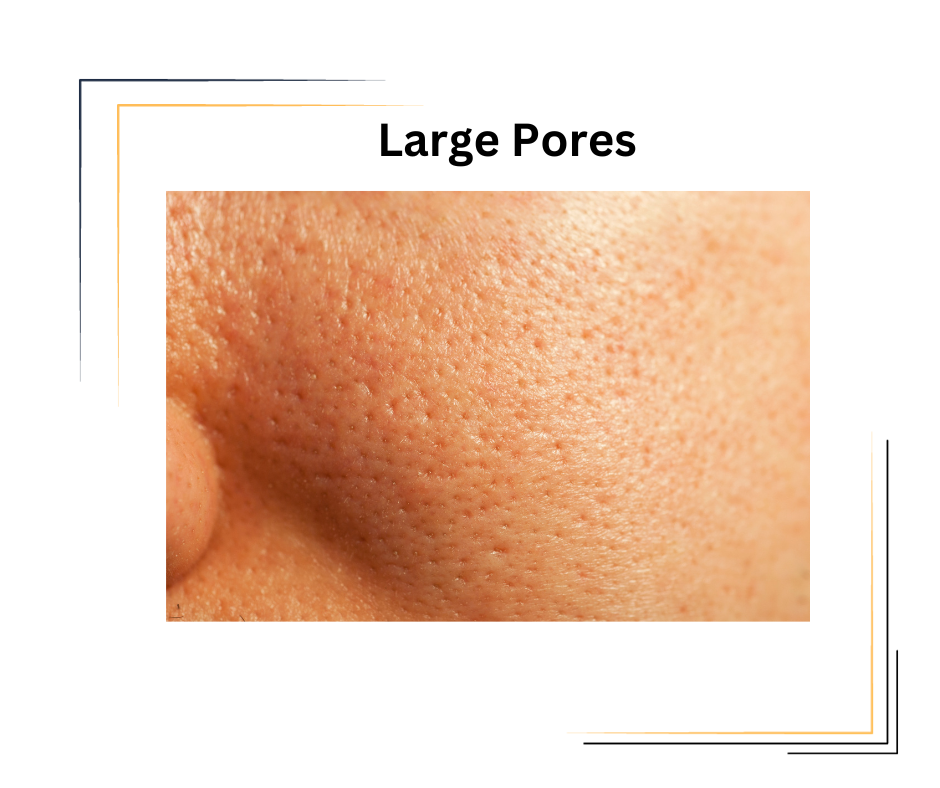
Sebum, acne, skin elasticity, and gender difference – which is the major influencing factor for facial pores?
Sebum, acne, skin elasticity, and gender difference – which is the major influencing factor for facial pores.
SKIN PORES
The facial pore is not fixed, but a flexible structure and may be affected by intrinsic
and extrinsic factors. Enlarged facial pores are becoming a cosmetic concern for many women.
Various modalities have been developed to minimize facial pores, including topical retinoid applications, chemical peeling, and different kinds of laser therapies.
Several factors have been suggested to be related to the enlargement of facial pores. These include endogenous or exogenous factors, such as genetic predisposition, gender, aging, hormones, seborrhea, acne, comedogenic
xenobiotics, and chronic ultraviolet light exposure. However, few studies
have been performed to investigate systematically the factors associated with facial pores
The study compared the facial pores according to gender and the presence of acne. The study did investigate the effect of age and acne severity on facial
pores.
In conclusion, facial pore measurements with the Robo Skin Anlayzer® showed statistically significant associations with the sebum secretion
and the skin elasticity. Males and subjects with acne tended to have a more substantial number of facial pores. However, the acne severity or
aging did not show a significant correlation with the facial pores in our study population.
From our results, we can assume that the reduction of seborrhea, the enhancement of skin elasticity, and the continuous care of acne would be the fundamental strategies in the prevention of enlarged facial pores. Further studies
with a wide range of ages are needed to investigate the potential cumulative effect of aging and skin elasticity. Additional studies, including acne patients with a variety of severities, would be also helpful to elucidate the role of acne for the enlarged pores. Such studies can help to develop evidence-based treatment methods for the enlarged facial pores.
Acknowledgement
This work was supported by Seoul National
University Bundang Hospital Research Fund
(No. 02-2009-022).
Conflicts of interest: None declared
